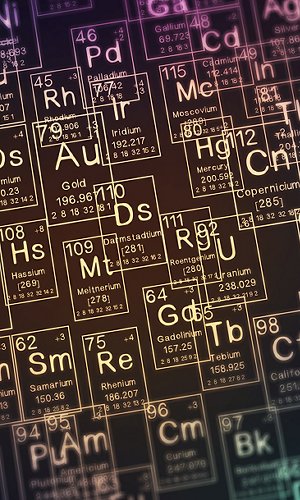The future of electric mobility may soon be powered not only by costly and sometimes controversial lithium, but by a far more common element: sodium, which is abundant in seawater. Sodium chloride (NaCl) is the ordinary table salt we extract from the sea. China is emerging as a pioneer in this revolution, making significant strides towards sodium-ion batteries, especially within the vast and dynamic market for electric scooters. This innovation promises to redefine not only the landscape of personal transport but also the entire ecosystem of energy storage. For decades, lithium has reigned supreme in the world of rechargeable batteries, powering everything from smartphones to electric cars. However, its extraction comes with considerable environmental impacts, and its geographical distribution is limited. There are only a few regions on the planet where lithium is abundant and economically viable to mine. The idea of using sodium — lithium’s chemical “cousin” — isn’t new, but only recently has it become an economically and technologically feasible reality. Sodium-ion batteries, though slightly lower in energy density compared to their lithium counterparts, are finding fertile ground in the two-wheeled vehicle market. Electric scooters and motorcycles, which typically travel shorter distances and have lower power demands than cars, are the perfect testing ground. China, with its enormous two-wheeler market, is seizing this niche to launch mass production. Several leading companies in the sector are at the forefront of this transition. They have already released electric scooters powered by sodium-ion batteries and are actively developing the charging and battery-swapping infrastructure required. Picture a city where, instead of waiting for your scooter to charge, you can simply swap a flat battery for a fully charged one in seconds. The appeal of sodium-ion batteries goes far beyond the fact that sodium is more abundant and therefore potentially cheaper. There are other significant advantages. Extracting sodium is far less problematic than lithium mining, and the materials needed are widely available. In the long run, the simplicity of sourcing and the lower complexity of manufacturing processes could lead to increasingly affordable batteries. Unlike lithium batteries, which can suffer performance drops in extreme cold, sodium batteries show better efficiency in low temperatures. And at the end of their life cycle, the waste is nothing more than ordinary salt. But the applications of sodium-ion batteries extend beyond mobility. They are also playing a crucial role in large-scale energy storage systems — grid-scale energy storage. With the growth of renewable energy sources such as wind and solar, the need for efficient storage systems to balance the variability of energy production has become urgent. Salt-based batteries can provide an effective and low-cost solution to store surplus energy and release it when demand is high or when renewables aren’t generating, thus contributing to the stability of the power grids of the future. Here too, China is establishing itself as a global leader, and the country’s drive to develop sodium-ion batteries — starting with scooters — could represent a significant step towards a more sustainable, resilient and accessible energy future, where humble table salt might play a starring role in our transition to a low-carbon economy.




